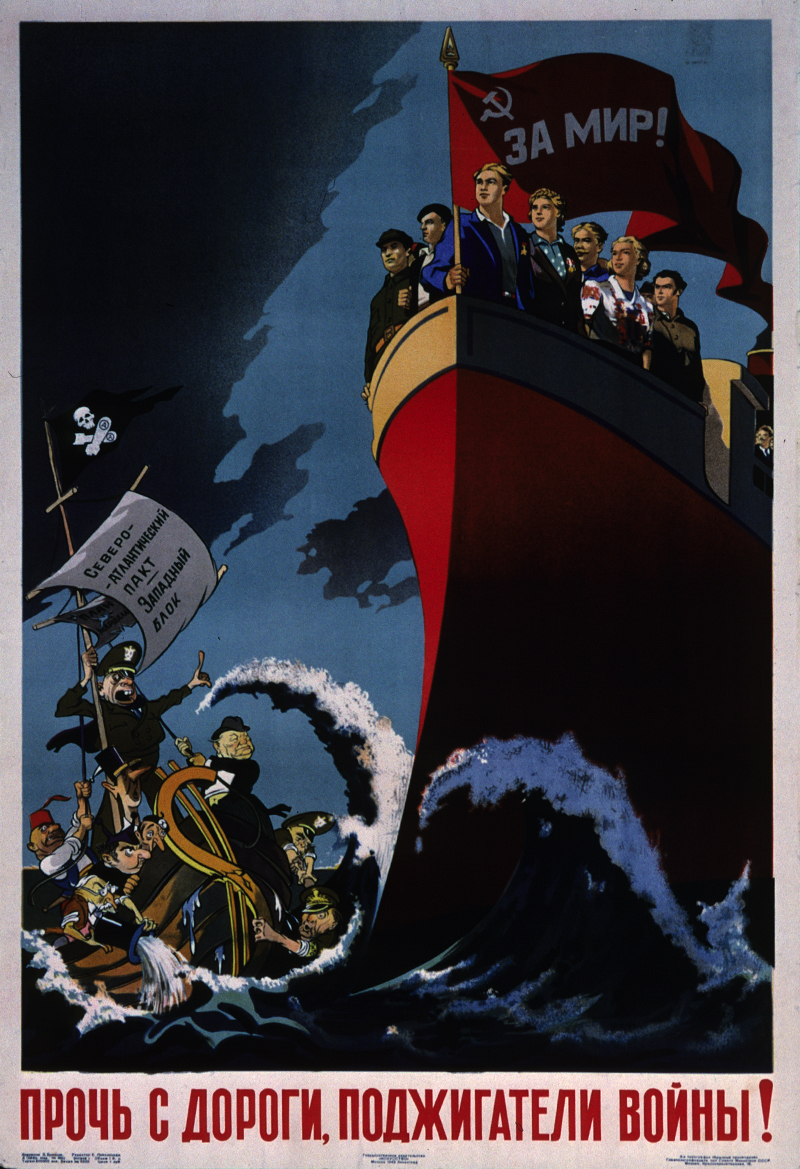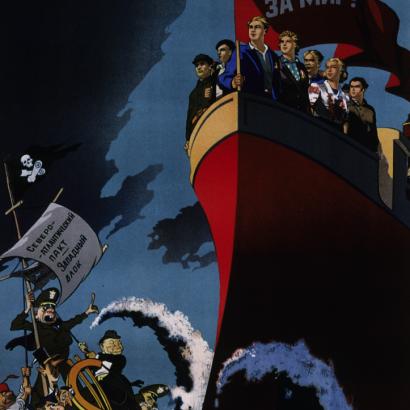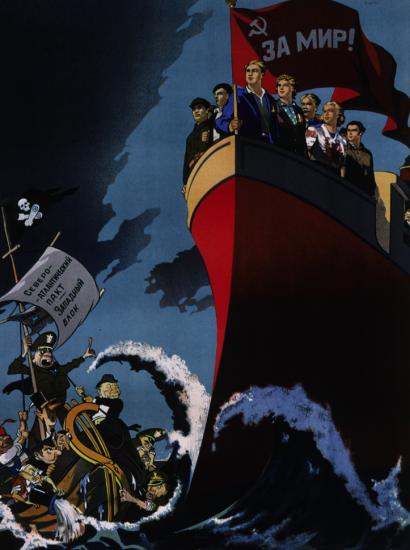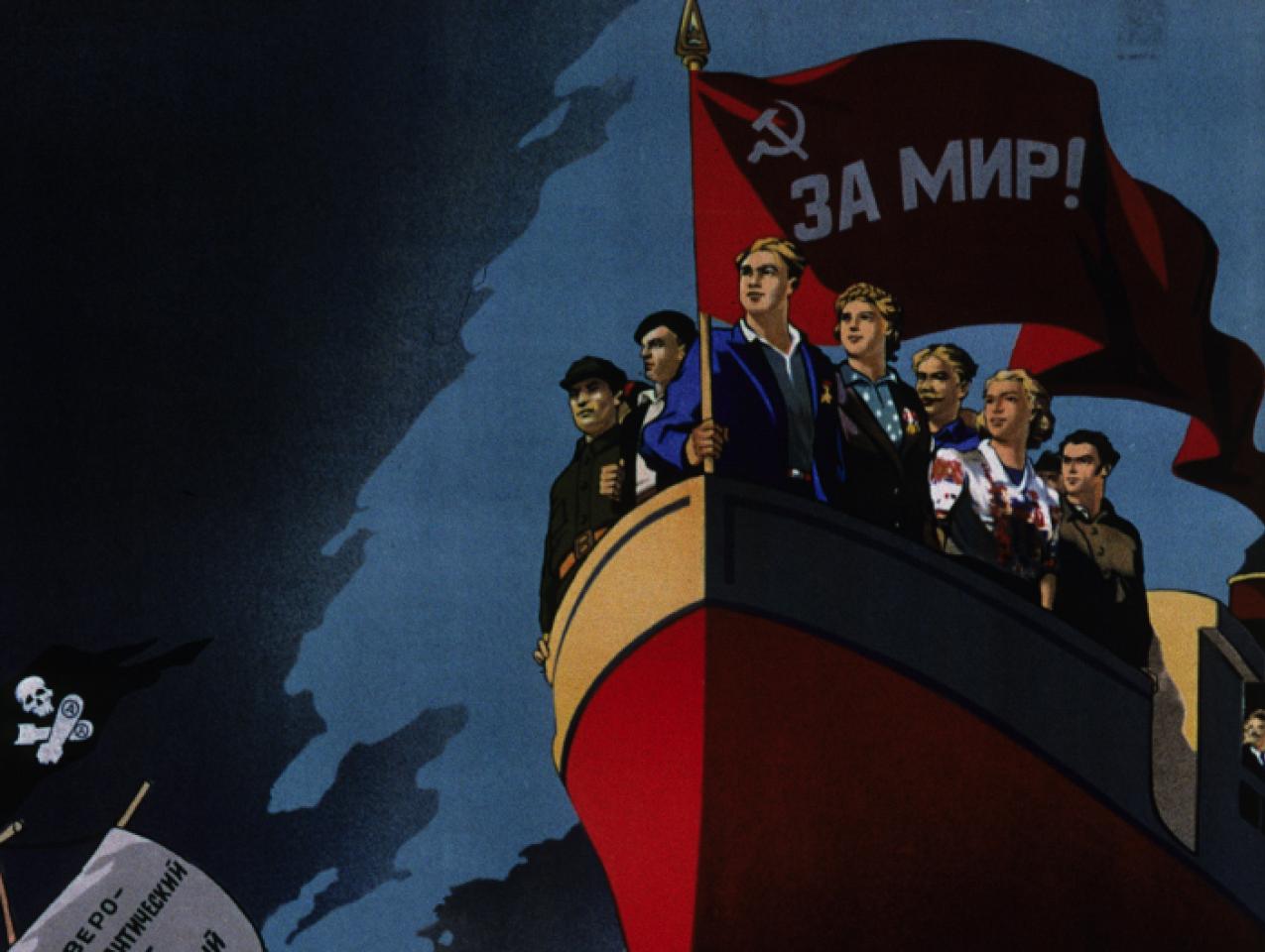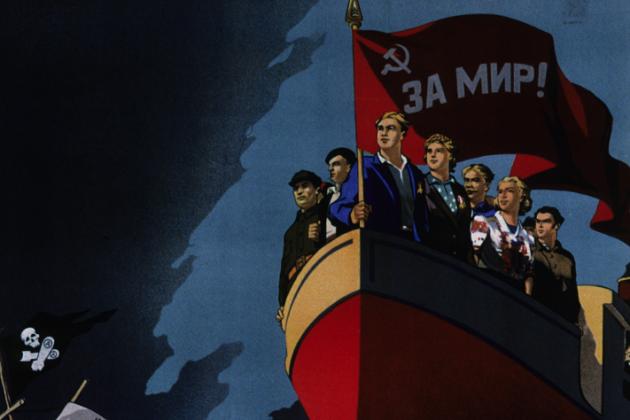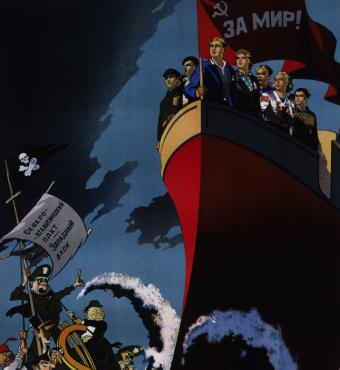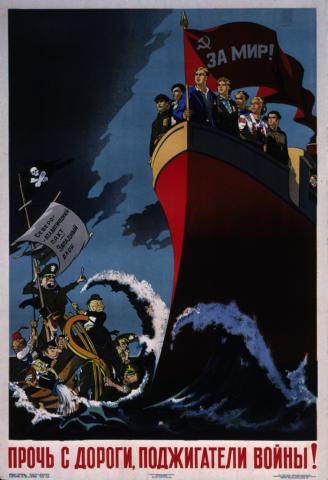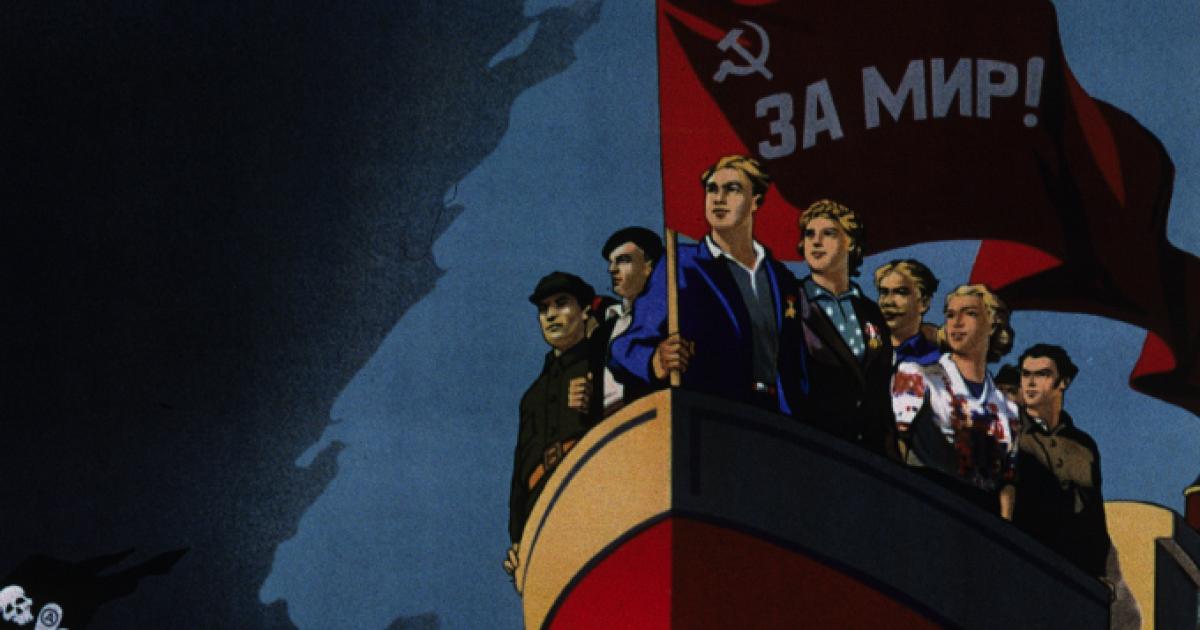- Military
What is America’s Strategic Interest in Ukraine?
As the Ukraine war enters its twelfth month, the military situation remains a stalemate, but a stalemate that gives the political advantage to Russia. If Russia can hold most of the territory in the oblasts of Luhansk, Donetsk, Zaporizhzhia, and Kherson that it annexed on Sept. 30, 2022, it will claim success for its “special military operation.” A dismembered Ukraine will be left with a trillion-dollar reconstruction bill on a GDP of barely $100 billion, a resident population of perhaps 25 million with ten million of its citizens living abroad as refugees, and a dim future.
In furtherance of what strategic interests has the United States acted in Ukraine? Is Ukraine’s NATO membership an American raison d’état? Did American strategists really believe that sanctions would shut down Russia’s economy? Did they imagine that the trading patterns of the Asian continent would shift to flow around the sanctions? Did they consider the materiel requirements of a long war that is exhausting American stockpiles? Did they consider what tripwires might elicit the use of nuclear weapons? Or did they sleepwalk into the conflict, as the European powers did in 1914?
Why did Russia invade? Would Russia have invaded Ukraine if the West and the Zelensky government had put Minsk II into effect, with autonomous Russophone regions within a sovereign and neutral Ukraine? Contrafactual history is inherently unprovable, but there are good reasons to believe that this is true. Protecting the rights of Russians separated from the motherland by the breakup of the Soviet Union is a Russian raison d’état. After more than 14,000 casualties in fighting between Ukrainian nationalists and pro-Russian separatists in Donbas before the February 24th invasion, it is hard to argue that Russia’s concerns were groundless.
In 2008, Russia intervened in Georgia to uphold the principle that anyone who holds a Russian passport—Ossetian, Akhbaz, Belorussian, or Ukrainian—is a Russian. Russia’s survival depends neither on its birth rate, nor on immigration, nor even on prospective annexation, but on the survival of the principle by which Russia was built in the first place. That is why Putin could not abandon the pockets of Russian passport holders in the Caucasus.
A generation of American diplomats, including Henry Kissinger and former Ambassador to Russia William Burns, warned that expanding NATO to Ukraine was a tripwire for Russia. German documents published by Der Spiegel in February 2022 confirm that Western powers gave Russia written assurance in 1990 against NATO expansion. Russia’s prostration after its 1998 debt default, though, allowed NATO to ignore these assurances. Under Clinton, NATO’s mission morphed into a nebulous human rights and social welfare agenda. NATO added Poland, Hungary, and the Czech Republic in 1999, and another seven former Soviet-zone countries in 2004. Meanwhile the Bundeswehr shrank to five ill-equipped divisions from the twelve combat-ready, heavily armed divisions of 1990. NATO degraded its military function as it padded its membership.
Ukraine is another matter. Russia regards its inclusion in NATO as an existential threat. Putin stated on the eve of the invasion on February 23:
Positioning areas for interceptor missiles are being established in Romania and Poland as part of the US project to create a global missile defense system. It is common knowledge that the launchers deployed there can be used for Tomahawk cruise missiles—offensive strike systems.
In addition, the United States is developing its all-purpose Standard Missile-6, which can provide air and missile defense, as well as strike ground and surface targets. In other words, the allegedly defensive US missile defense system is developing and expanding its new offensive capabilities.
The information we have gives us good reason to believe that Ukraine’s accession to NATO and the subsequent deployment of NATO facilities has already been decided and is only a matter of time. We clearly understand that given this scenario, the level of military threats to Russia will increase dramatically, several times over. And I would like to emphasize at this point that the risk of a sudden strike at our country will multiply.
In October 2021, Russia tested its first submarine-launched hypervelocity missile and deployed the first S-500 air defense system around Moscow. If American strategists were not angling for advantage in a prospective nuclear exchange, as Putin believed, why then abandon Minsk II and the principle of Ukrainian neutrality? Regime change in Russia has been on the agenda of some senior Biden Administration officials for a decade. As Undersecretary of State Victoria Nuland, head of the State Department Eastern European desk, told a Congressional committee on May 6, 2014: “Since 1992, we have provided $20 billion to Russia to support the pursuit of transition to the peaceful, prosperous, democratic state its people deserve.”
What Moscow saw was not the America of 1983, which pursued peace through strength, but rather provocation from weakness. It miscalculated on an invasion with just 120,000 troops. If regime change was not Washington’s agenda before February 24, it became so explicitly afterward. On March 26, President Biden declared that Putin “cannot remain in power,” defining America’s goal as regime change. This was a grave miscalculation. The Russian elite has rallied behind the regime, aware that its privilege and position will disappear if the regime falls, and the Russian people stoically follow their orders. December opinion polls show near-record 81% support for the regime.
Contrary to earlier American claims that economic sanctions would reduce Russia’s economic output by half, Russia’s GDP shrank by only 4 percent in 2022. Russia’s exports to China rose to $190 billion in 2022 from $86 billion in 2021, and exports to India reportedly doubled to $27 billion in 2022 from $13 billion in 2021, although the true total probably is higher. Russian fertilizer revenues rose by 70% in 2022 vs. 2021 despite a 10% drop in volume. Chinese and Indian goods have replaced many Western items, with only minor inconvenience to Russian consumers. Turkey, Armenia, Georgia, and other countries on Russia’s periphery have boosted exports to Russia, effectively circumventing U.S. sanctions. At about RUB 69 to the U.S. dollar, Russia’s currency trades higher than it did a year ago. New trading relationships, especially in energy, have emerged in Eurasia that consolidate Chinese influence.
It is unclear whether the West has an advantage over Russia in the prospective provision of materiel. By Estonian estimates, Russia can produce 9,000 artillery shells a day, compared to a present U.S. total of 15,000 a month. U.S. capacity to provide precision munitions to Ukraine is constrained, according to a January 9, 2023, CSIS assessment. Russia meanwhile has added substantial amounts of mobilized manpower, improved ground-air coordination, deployed additional SU-35 and SU-57 warplanes, and sent a significant number of its most advanced T90 tanks to the front.
The West probably does not have the military capacity to drive Russia out of Ukraine. To be sure, some U.S. analysts see military aid to Ukraine as a cheap option. The Hudson Institute’s Rebecca Heinrichs tweeted on January 12, 2023, that the U.S. risks “running out of certain weapons systems. But those weapons are also destroying weapons of a top-tier adversary cooperating with our number one adversary. Not a waste.” That is, the U.S. may sacrifice Ukraine in an unwinnable war of attrition in the hope of degrading Russian capabilities. U.S. military analysts touted one Wunderwaffe after another as the key to victory: Javelin anti-tank missiles, Switchblade drones, HIMARS, and so forth. Even if the U.S. provided Abrams tanks and F-16s to Ukraine, though, these systems would require many months of training before deployment. Russia meanwhile has successfully mobilized forces roughly double the size of its initial invasion force and improved its performance on the ground.
Having stumbled into a war for which it was poorly prepared, and having then failed to crush the Russian economy through sanctions, the United States faces a dilemma. A cease-fire in place, even an armistice like the North-South Korea divide, would allow Russia to claim success in its annexation of Ukrainian territory. Continuing the war, though, eventually will reduce Ukraine to dysfunctionality, as Russian forces continue to inflict casualties on the Ukraine Army, and Russian ordnance degrades Ukraine’s infrastructure. The U.S. could deploy weapons to strike targets deep inside Russia, or even deploy American combat forces, but at the risk of nuclear war with Russia, something the Biden Administration appears to recognize.
Barring a decisive offensive by either the Ukrainian or Russian side during the coming months, the war of attrition will continue. Western weapons will not give Ukraine a decisive advantage. With roughly five times Ukraine’s much-reduced population, Russia is the likely victor in a war of attrition.
The most likely outcome is a humiliating armistice. Paradoxically, that may redound to the long-term benefit of the United States. North Vietnam did the United States a favor by humiliating us before the Soviet Union did. It destroyed the limited-war illusion that possessed American military planners from the late 1950s onward. Our humiliating withdrawal from Vietnam in 1975 made possible a radical re-thinking of American military strategy, beginning under Defense Secretary Harold Brown in 1977 and continuing through the Reagan Administration. The United States undertook a revolution in defense technology that produced modern avionics and precision weapons, reversing the advantage that Russia enjoyed in conventional weapons in the early 1970s. The Russian military concluded after the 1982 Beqaa Valley air war and the initiation of the Strategic Defense Initiative that it could not keep pace technologically with America.
Utopian illusions about exporting democracy motivated America’s great blunders of the past generation, from Afghanistan and Iraq to Libya and Syria, and ultimately Ukraine. Perhaps we require another national humiliation on the scale of Vietnam to bring us back to the drive for technological superiority that ultimately won the Cold War.
David P. Goldman is Deputy Editor of Asia Times, where he has written the "Spengler" column since 2001. Previously he was an award-winning market strategist and research director at Credit Suisse and Bank of America. From 2013 to 2016 he was a partner at Reorient Group (now Yunfeng Financial), a Hong Kong investment bank. His books include How Civilizations Die (2011) and You Will Be Assimilated: China's Plan to Sino-Form the World (2020). He contributes to The Wall Street Journal, Newsweek, Claremont Review of Books, and Tablet, among other publications. He has consulted for the Defense Department's Office of Net Assessment and for the National Security Council. He serves on the advisory board of SIGNAL, an Israeli think tank specializing in Sino-Israel relations.







